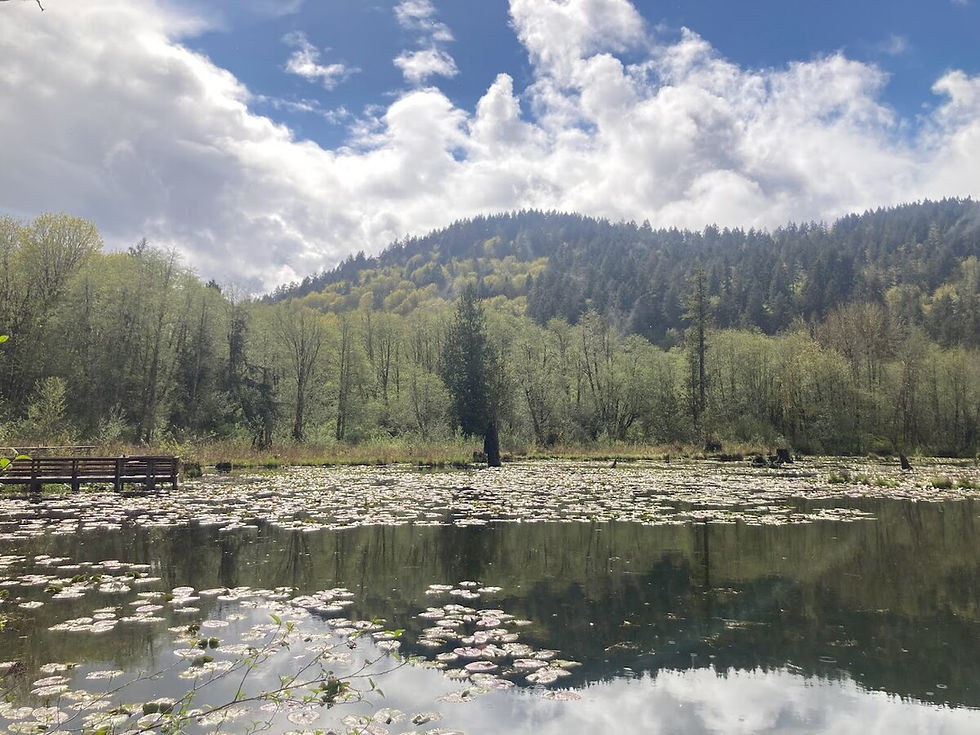Economic Analysis of King County’s Failing On-site Septic Systems (OSS)
- Greene Team

- Apr 14
- 2 min read
Updated: Jun 18
Case Study: A cost analysis and equity assessment to guide strategies and investment for wastewater infrastructure and climate resilience

King County, Washington, is home to more than 85,000 on-site sewage systems (OSS), many of which are aging and at risk of failure. These systems, which operate independently of public sewer systems, are increasingly vulnerable to malfunctions, posing risks to public health, water quality, and the environment.
The County lacked detailed information on the financial scale, equity impacts, and areas most in need of intervention. With thousands of OSS in low-income and underserved communities—and increased risks from flooding and climate change—officials needed a clear understanding of costs, priorities, and strategies to support homeowners facing high repair and replacement costs.
To address these obstacles, King County’s Equitable Wastewater Futures Program partnered with Greene Economics for a high-level cost analysis. The goal was to quantify the costs of addressing aging OSS infrastructure and develop a framework for prioritizing investments over the next two decades. Our team also identified compliance challenges and recommended policy actions to address them.
Our Approach: Tiered Urban Planning and Cost Analysis
To structure the analysis, Greene Economics divided the county into four tiers based on sewer access, infrastructure condition, and available funding.
Tier 1 | Areas without sewer access, where maintaining or replacing OSS is currently the best option. |
Tier 2 | Areas with sewer infrastructure nearby, but many homes still depend on OSS. |
Tier 3 | Areas lacking infrastructure but eligible for external funding to help offset costs. |
Tier 4 | Areas needing sewer expansion but without funding, requiring alternative financing strategies. |
Our team evaluated replacement costs (up to $60,000 per system), projected financing burdens (based on 15–20 year loans at 4% interest), and long-term impacts on homeowners, especially those in historically underserved communities.
We also assessed the environmental and public health risks of failing septic systems. Nearly 44% of urban OSS were found in areas highly vulnerable to health emergencies—particularly in BIPOC and low-income neighborhoods lacking equitable access to modern wastewater infrastructure. Failing septic systems that leak untreated wastewater into the environment contaminate groundwater sources, rivers, and streams, posing risks to human health and local ecosystems.
Climate resilience was a critical lens in this work. Increased flooding and extreme weather are putting additional strain on OSS, highlighting the urgent need for sustainable sewer infrastructure as part of long-term urban planning and equity-focused investment priorities.
Outcomes: Prioritizing Equity and Resilience
Greene Economics estimated the total investment to address King County’s aging OSS at $3.7 billion over 20 years—with nearly $3 billion needed immediately for systems over 30 years old. Our analysis helped prioritize areas for investment based on need, vulnerability, and opportunity for co-funding.
The County is now focusing on expanding sewer connections in Tier 3 and Tier 4 neighborhoods—targeting areas where external funding can ease financial burdens and advance equity-focused infrastructure development.
Read our executive summary, The Cost of Addressing Failing Septic Systems in King County. Explore King County’s Equitable Wastewater Futures Program to see how the County is addressing wastewater equity and infrastructure challenges.
.png)


